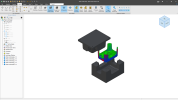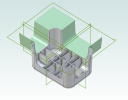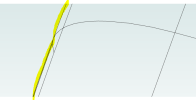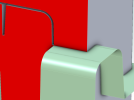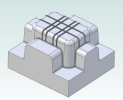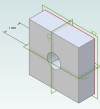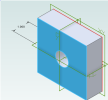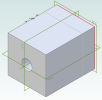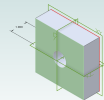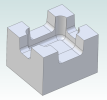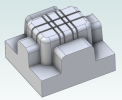Suppakit
Member
Hi everyone,
I have a challenge from my customer for use Alibre to make the mold base for a non-symmetry part by using the "parting line" to define which is core or cavity.
I have tried the Boolean method but it has worked for only symmetry or single planar, My customers almost use Solidworks and NX that have already parting line tools or that's mean
there are many tools for "creating 3D surfaces from sketch or 3D sketch, and I need more suggestions for how to solve it..
Thank you in advance,
Suppakit.
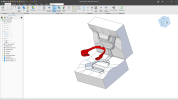
I have a challenge from my customer for use Alibre to make the mold base for a non-symmetry part by using the "parting line" to define which is core or cavity.
I have tried the Boolean method but it has worked for only symmetry or single planar, My customers almost use Solidworks and NX that have already parting line tools or that's mean
there are many tools for "creating 3D surfaces from sketch or 3D sketch, and I need more suggestions for how to solve it..
Thank you in advance,
Suppakit.


